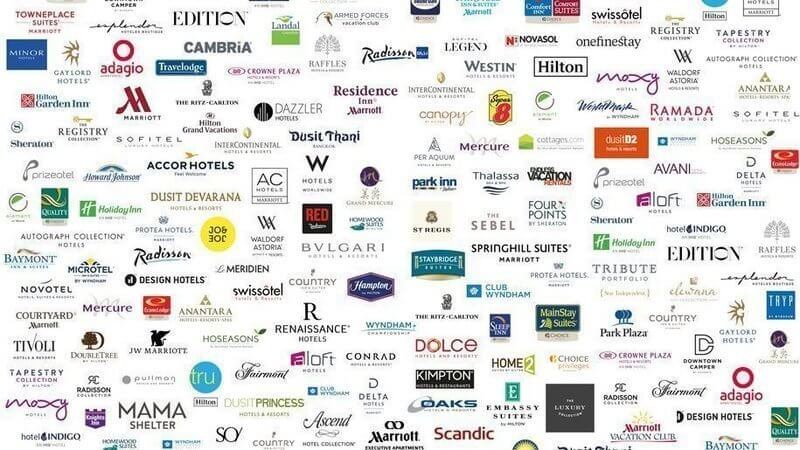
There are over 18 million guest rooms and 1,200 hotel brands worldwide. CoStar forecasts room demand to reach an all-time high this year. In fact, hotel occupancy is expected to increase by 2.5% globally and the average daily rate (ADR) is projected to grow by 4.9%. Statista estimates that 2,707 hotels will open their doors globally in 2024.
NB: This is an article from TCRM
Subscribe to our weekly newsletter and stay up to date
This follows on the heels of 1,842 hotel openings in 2022 and approximately 2,480 hotel openings in 2023. Brand Finance confirmed that Hilton is the most valuable hotel brand in the world with a brand value of $11.7B in 2023 although Wyndham Group has the most properties.
According to EHL Hospitality Business School, there were over 20 major hotel companies in the early 2000s. Today, however, the 10 largest groups control a staggering 65% share of U.S. room supply. The change is due to massive industry consolidation over the past two decades. A handful of multi-brand conglomerates are now dominating the market across segments from luxury to budget. EHL further asserts that this consolidation, while advantageous for the hotel chains, can be too time-consuming and mind-numbing for guests to understand. Consolidation is just part of the equation. Chains are creating new brands to fill niche gaps in their portfolios, looking to attract very specific types of travelers.
When comparing global chains recently, Accor has over 40 hotel brands. Marriott offers at least 35 different hotel brands. Hyatt offers at least 24, Hilton ~ 22, and IHG ~ 19. As you can imagine, there is some overlap between some brands, even within the same chain at times.
Hotel brands are unique identities developed by hotel chains to set themselves apart in the market. They provide customized services, designs, and experiences tailored to different types of guests. A brand’s value significantly influences its market position and guest perceptions, making brand development and management crucial for chains. Hotel-based commercial teams face the challenges of applying these identities effectively in competitive markets. Often, specialized brands may struggle against more traditional offerings, as customers may overlook or not fully appreciate a brand’s uniqueness and positioning; and solely compare properties based on price. When this occurs, it presents a significant challenge for Revenue Managers. For example, in a competitive market with six or seven different limited-service branded hotels, including one all-suite brand, a Revenue Manager may struggle to price their all-suite property without undervaluing its unique offerings. At that point, the value of the brand and its unique features are lost or given away to remain competitive with the other properties in the market.




